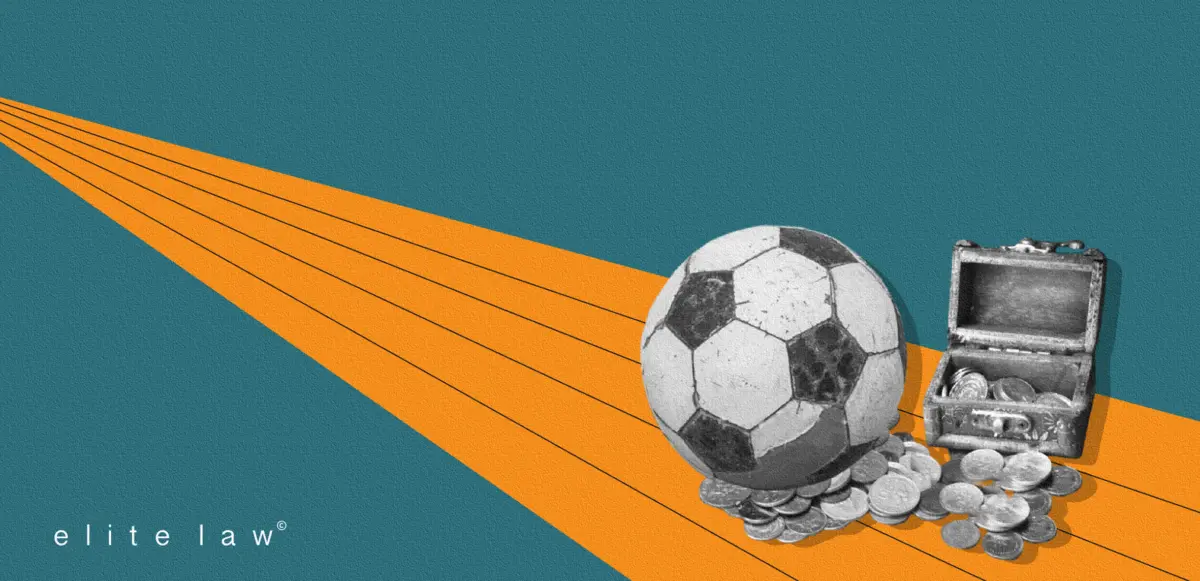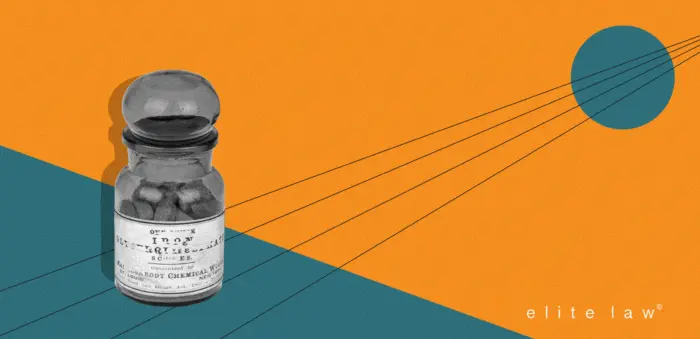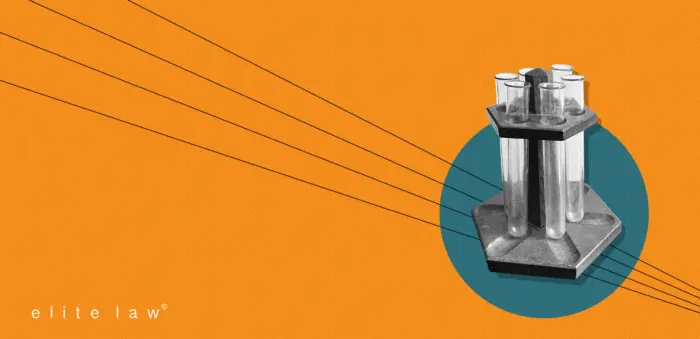After dealing with the sensitive subject of doping in sport, we want to analyse a subject that, like doping, is capable of altering sporting results.
We are talking about match-fixing.
In this post we will address some key topics such as:
- the legal definitions of match-fixing;
- the unique challenges posed by online sports betting;
- the national and international regulatory responses to illegal practices.
We will also unveil the underlying legal principles governing these situations, providing answers to crucial questions such as: on whom does the burden of proof rest to prove that a competition has been fixed or altered? What standard of proof is required to condemn an accused party? What types of evidence can be provided? Is life suspension permissible in case of conviction? How does the ne bis in idem principle apply?
This post is intended to be a must-read for practitioners and enthusiasts who wish to explore this topic through informative insights and concrete examples.
Legal framework: match-fixing definitions and provisions
Integrity is a pillar for sport competitions.
It is for these reasons that various provisions have been put in place to punish and prevent match-fixing, which can be legally defined as “an intentional arrangement, act or omission aimed at an improper alteration of the result or the course of a sports competition in order to remove all or part of the unpredictable nature of the aforementioned sports competition with a view to obtaining an undue advantage for oneself or for others”.[1]
A strict approach has become essential given the growing risks associated with sports betting, its development on the Internet and its cross-border nature.
Case Study: International Tennis Federation’s response
While such practices are often prosecuted and punished under national law, through general offences such as passive corruption or money laundering, or even special offences like in France[2] or Italy[3], they are also punished separately at sporting level by the national and international sports federations themselves, through the imposition of disciplinary sanctions.
This is the case, for example, of the International Tennis Federation which banned for life several players involved in the so-called «Maestro Case” by applying its own regulations, namely its «Tennis Anti-Corruption Program» (“TACP”) adopted in 2014.
As a consequence, from a legal point of view, a number of questions arise with regard to the application and pronouncement of disciplinary sanctions by the sports federation against their athletes or, more globally against any of their member:
Who bears the burden of proof to establish that a competition has been fixed or altered? What standard of proof is required to condemn an accused party? What types of evidence can be provided during trials? Is a lifetime suspension lawful? What about the ne bis in idem principle?
Match-fixing cases: some crucial questions
During the past years the Court of Arbitration for Sport could clarify all the queries above in the context of appeals brought before it by national or international federations and/or athletes and other registered members following disciplinary sanctions imposed by first instance stances.
Who bears the burden of proof to establish that a competition has been fixed or altered?
In match-fixing cases the burden of proof regarding alleged involvement in match manipulation and/or any other breach of the principles of fair play lays with the governing/regulatory body of the respective sport.[4]
What standard of proof is required to condemn someone?
The CAS jurisprudence has constantly ruled that in match-fixing cases the standard of proof to convince the judges is the so called comfortable satisfaction, defined as being greater than a mere balance of probability, but lower than proof beyond a reasonable doubt normally applied in criminal cases.[5]
This means that the adjudicatory body needs to have a high degree of confidence in the quality of the evidence.[6]
The choice to leave a certain margin to the court is explained by the nature of the offences committed deeming that corruption and manipulation are “concealed as the parties involved will seek to use the evasive means to ensure that they leave no trail of their wrongdoings”.[7]
From a practical point of view, the fact that a match is considered to have been fixed for the purposes of sports betting on the basis of scientific evidence (as match report of a betting fraud detection system) will not be sufficient to establish the guilt of a club or a player.[8]
It will have to be established with comfortable satisfaction that they were directly or indirectly involved in the said manipulation, in other words, that there is a link between their conduct and the event of manipulation.
For instance, an acceptance of an offer to fix a football match requires some sort of definite agreement on what was to be done and a conclusion of an arrangement, i.e., a notional ‘final handshake’, so that a mere non-rejection of an offer does not necessarily mean that an offer is accepted.[9]
However, it is not necessary that the person is successful in actually fixing a match.
In this sense, it is crucial whether it is possible, on the basis of the accused party’s conduct on the pitch during the match or otherwise, to conclude that the party was involved in manipulation and/or in any other way breached the principles of fair play.[10]
Notwithstanding the above, the standard of proof of comfortable satisfaction is not imperative in the sense that sports federations may depart from it lawfully.
Indeed, according to CAS, there is no universal (minimum) standard of proof for match-fixing offences.[11]
Therefore, each association can decide for itself in its regulations which standard of proof to apply, whether strict or extensive.
For example, in a case CAS accepted the possibility of applying the standard of proof of beyond any reasonable doubt[12], when in another case, CAS adjudicated that, by signing a consent form, a player can accept a lower level of proof as the “preponderance of the evidence” (or proof on the balance of probabilities), subject to national and/or international rules of public policy.[13]
In the latter case, the standard will be then met if the proposition that a player engaged in attempted match-fixing is more likely to be true than not true.[14]
As a result, it can be concluded that where the standard of proof to be applied is specifically provided in the applicable regulations, CAS tends to follow such a standard.
Otherwise, if the regulations is silent, the standard applied by CAS is the one comfortable satisfaction.
What types of evidence can be provided before the court?
Different types of proof can be used as direct evidences in match-fixing are rare.
This may involve evidence resulting from parallel criminal investigations/proceedings (transcripts of
phone taps)[15], judgments/decisions from parallel criminal proceedings[16], phone/skype records[17], anonymous witness statements or cross-examination[18], betting analysis and analysis of the sporting performance or of the betting operator[19].
Interestingly, the said evidence may even have been obtained illegally if it is it was critical to establishing the truth.[20]
Is a lifetime suspension lawful?
Yes. The CAS has accepted that athletes can be banned for life and that such a sanction can be considered proportionate, particularly in cases of players asking another player to fix a match, due to the need for sanctions to act as a deterrent.[21]
This approach was summed up by the panel in CAS 2011/A/2490 noting that:
“(…) the sport of tennis is extremely vulnerable to corruption as a match-fixer only needs to corrupt one player (rather than a full team). It is therefore imperative that, once a Player gets caught, the Governing Bodies send out a clear signal to the entire tennis community that such actions are not tolerated. The Panel agrees that any sanction shorter than a lifetime ban would not have the deterrent effect that is required to make players aware that it is simply not worth the risk”
With this in mind, it is worth remembering that in any case, a sanction imposed by a disciplinary body can be reviewed only when such sanction is evidently and grossly disproportionate to the offence.[22]
What about the ne bis in idem principle?
The legal rule ne bis in idem prevents in principle sports disciplinary bodies from judging a person or an entity for an offence in relation to which that person or entity has already been convicted or acquitted pursuant to a final decision of another body within the same regulatory framework.[23]
While the applicability of this principle to decisions taken by sports federations in disciplinary and integrity matters remains open and has not yet been definitively ruled on by the Swiss Federal Court[24], the principle does not appear to stand in the way of the imposition of administrative measures in addition to possible disciplinary sanctions.
Indeed, it is not uncommon for other measures to be imposed on athletes or clubs involved in match-fixing, well in advance of any disciplinary proceedings. In such case we face a two-stage process.
The first measures often take the form of a suspension of limited duration, such as a ban on participation or exclusion from certain competitions which can be found for example within UEFA competitions regulations.
However, these measures have a different nature compared to disciplinary sanctions as they pursue different objectives and goals.
The aim of preliminary measures is to protect the integrity of sport, while the sanctions have a repressive aspect. That is why they may be combined with further disciplinary sanctions without any violation of the ne bis in idem principle.[25][26]
It is the same if a person or entity has been acquitted on the basis of a regulatory framework applicable at national level and is prosecuted again based on a regulatory framework applicable at continental level.[27]
In this respect, it will be recalled that, in any case, there is no violation of the ne bis in idem if:[28]
- The decisions have a different territorial effect (national/international); and;
- There is a sufficiently close material and temporal link between the proceedings concerned relating to the same constellation of facts, so that they can be considered as two aspects of a single system.
Conclusions
We have come to the end of this short essay into the world of match-fixing, a complex journey made up of both legal and ethical issues to be carefully considered. We have navigated the definitions, the necessary standards of proof, and how sports authorities can impose various sanctions to protect the integrity of competitions.
In addition, we clarified the delicate balance that exists between the need to protect sport and the right of defence of accused parties. This is a vast topic, which we will not forget to comment again, because combating match-fixing practices is crucial to maintaining the integrity of sport.
If you think you need advice in this area, please do not hesitate to contact us and we will be able to support you with our usual professionalism and confidentiality.
[1] Article 3(4) of the Council of Europe Convention on the Manipulation of Sports Competitions.
[2] Article 445-1-1 of the French Criminal Code
[3] Act 13 December 1989, n. 401.
[4] CAS 2009/A/1920 FK Pobeda, Aleksandar Zabrcanec, Nikolce Zdraveski v. UEFA; CAS 2017/A/5338 Olegs Penkovskis v. Latvian Football Federation (LFF).
[5] CAS 2009/A/1920 FK Pobeda, Aleksandar Zabrcanec, Nikolce Zdraveski v. UEFA; CAS 2017/A/5338 Olegs Penkovskis v. Latvian Football Federation (LFF); CAS 2018/A/5906 Kyle Cesare v. UEFA.
[6] CAS 2018/A/5920 Emanuel Briffa v. UEFA.
[7] CAS 2017/A/5338 Olegs Penkovskis v. Latvian Football Federation (LFF).
[8] CAS 2017/A/5338 Olegs Penkovskis v. Latvian Football Federation (LFF).
[9] CAS 2018/A/5920 Emanuel Briffa v. UEFA.
[10] CAS 2017/A/5338 Olegs Penkovskis v. Latvian Football Federation (LFF).
[11] CAS 2011/A/2490 Daniel Köllerer v. Association of Tennis Professionals; CAS 2011/A/2621 David Savic v. Professional Tennis Integrity Officers.
[12] CAS 2011/A/2362 Mohammad Asif v. ICC.
[13] CAS 2011/A/2490 Daniel Köllerer v. Association of Tennis Professionals ; See also in the same sense, CAS 2011/A/2621 David Savic v. Professional Tennis Integrity Officers
[14] CAS 2011/A/2490 Daniel Köllerer v. Association of Tennis Professionals.
[15] CAS 2010/A/2266 N. & V. v. UEFA.
[16] CAS 2013/A/3258 Besiktas Jimnastik Kulübü v. Union des Associations Européennes de Football.
[17] CAS 2014/A/3467 Guillermo Olaso de la Rica v. Tennis Integrity Unit (TIU); CAS 2011/A/2490 Daniel Köllerer v. Association of Tennis Professionals ; CAS 2011/A/2621 David Savic v. Professional Tennis Integrity Officers.
[18] CAS 2009/A/1920 FK Pobeda, Aleksandar Zabrcanec, Nikolce Zdraveski v. UEFA.
[19] CAS 2015/A/4351; CAS 2016/A/4650 Klubi Sportiv Skenderbeu v. Union Européenne de Football Association (UEFA).
[20] Swiss Federal Tribunal 4A_362/2013.
[21] CAS 2011/A/2490; CAS 2011/A/2621; CAS 2018/A/5939 Patricio Heras v. Tennis Integrity Unit / Professional Tennis Integrity Officers.
[22] CAS 2018/A/5800 Samir Arab v. UEFA.
[23] CAS 2015/A/4343 Trabzonspor v. Turkish Football Federation (TFF).
[24] Swiss Federal Tribunal 4A_486/2022.
[25] CAS 2013/A/3256 Fenerbahçe Spor Kulübü v. Union des Associations Européennes de Football (UEFA); CAS 2018/A/5734 KS Skënderbeu v. Union des Associations Européennes de Football (UEFA).
[26] Swiss Federal Tribunal 4A_462/2019.
[27] CAS 2013/A/3256 Fenerbahçe Spor Kulübü v. Union des Associations Européennes de Football (UEFA).
[28] Swiss Federal Tribunal 4A_486/2022 and 4A_462/2019.


